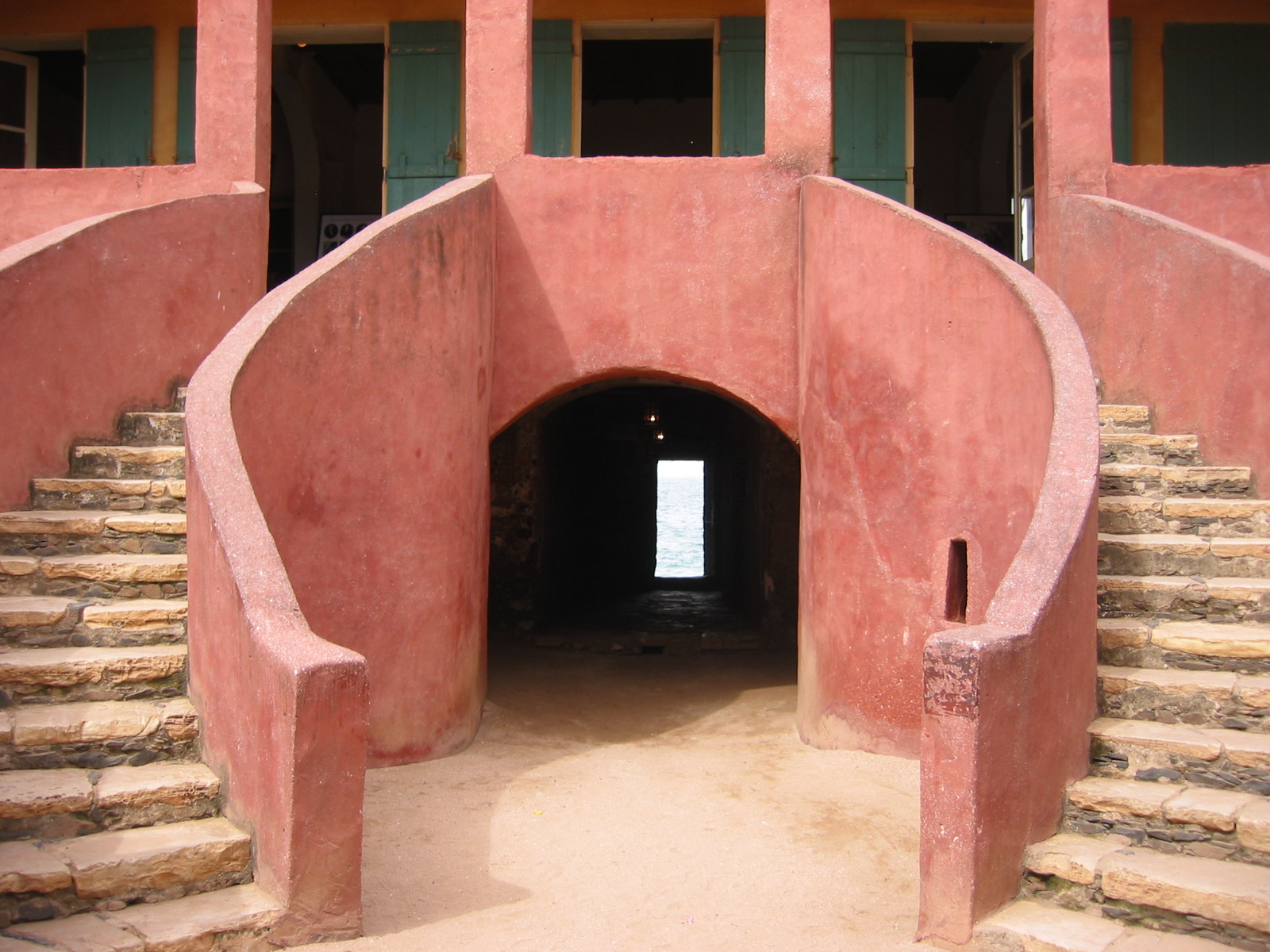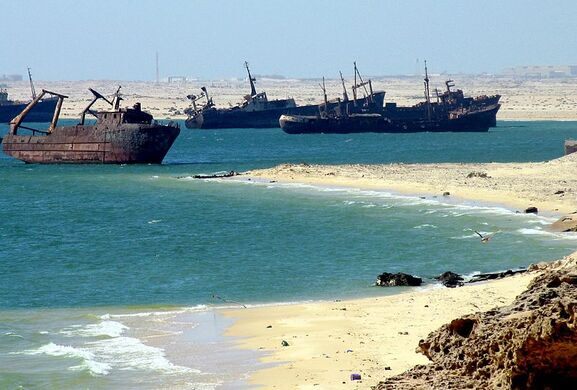The Lost Expedition is the second book in The Indian Hero series but is the fifth written! It closes plot lines from Relic (Book #1) and sets the stage for the third adventure.
Read on and discover the inspiration behind the book.
The richest man to ever live

In the year 1324, Mansa Musa, the emperor of Mali, performed his Hajj. He travelled extravagantly—his caravan a display of the superlative wealth and influence of Mali. En route, at Cairo, he gifted so much gold, he single-handedly crashed the economy of the world! Today, historians argue Musa is probably the wealthiest individual to have ever lived—leaving contemporary billionaires proverbially ‘eating his dust’.
But there’s a nugget of dialog between Musa and the governor of Cairo that intrigues me:
The governor asked how Musa came to the throne. Musa explained he assumed the throne after his predecessor disappeared on a voyage to discover the ends of the Western Sea.
If this is true, then an African people undertook a transatlantic voyage 200 years before Christopher Columbus! It was an idea I could not shake. I had to write a story about it. If Musa’s wealth is any yardstick, imagine the wealth carried on that ambassadorial journey!
Geographically, the Bulge of Africa is opposite the Caribbean. You know what that means? Pirates. I had the second part of my story arc.
The Golden Age of Piracy

In the Golden Age of Sail, a pirate vessel was the most democratic organisation afloat! A strict ‘code’ [Read examples of The Code]—founded in principles of equality, tolerance, fair-pay and collaboration—governed a life of piracy. For example, every pirate received an equal share of profits; the entire crew voted before they engaged a passing merchant vessel. They could even vote their captain unfit to command the ship! And typically, they fled from direct confrontation with well-armed naval vessels.
Compared to the deplorable conditions in the merchant and naval service, a life of piracy was a dream job! When a pirate ship encountered a slave-trader, they offered the slaves employment or freedom!
The third part of my plot: slavery.
The Transatlantic Slave Trade

Slavery has existed since time immemorial. It was an accepted way of life, of society. The discovery of the Americas created an insatiable demand for slaves. West African coastal tribes became slave brokers because Europeans were afraid to venture into the African heartland. It was also common sense—why go searching for slaves when somebody else can do it more efficiently? But some of the most powerful slave brokers were biracial women—signares—on a trade outpost on the little Île de Gorée, off Senegal.
On Gorée is the UNSECO House of Slaves with its Door of No Return—for millions of slaves who would never see their homeland again. But how to link Malian treasure, piracy, and slavery together?

Threading the needle
But how to link Malian treasure, piracy, and slavery together?
Well, add a dollop of illegal fishing, a vigilante ocean conservation group, the grand Spanish Archive of the Indies, the world’s largest ship graveyard in Mauritania, an archaic Spanish script and an Indian hero… who’s been asked to commit a crime by Croatia’s top police officer!
Illegal Fishing

Sea Shepherd inspired the Sea Warriors conservation group in the story.
In 2015, Sea Shepherd fleet vessel Bob Barker chased the illegal fishing vessel Thunder for 100 days. [Read more.]
Archive of the Indies

The Archivo General de Indias has 9 kilometres of documents pertaining to the Spanish rule of the Americas. Treasure hunters and historians spend hours, days, weeks here hoping to find something.
I discovered the Archive when I watched Coopers Treasure.
Ship Graveyard

The ship graveyard in the Bay of Nouadhibou, Mauritania. Read more about it on Atlas Obscura.
I re-watched Avengers: Age of Ultron to get a feel for the place.
Palaeography

The archaic Spanish Procesal, a mainstay of court documents of the time. Scribes had to keep up with the speaker and developed this flowing, short-hand script.

Kufic is an archaic form of Arabic that was used to write the Quran.